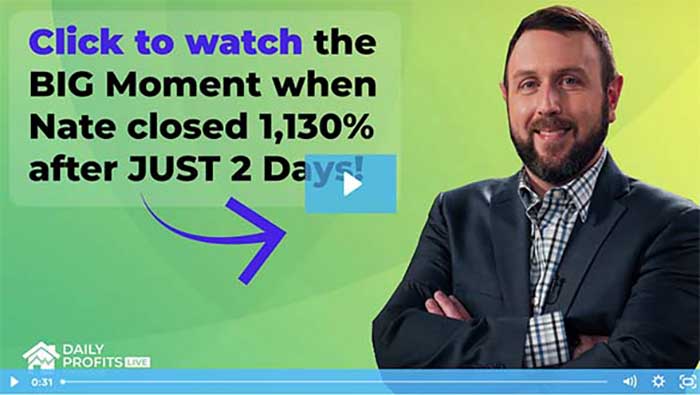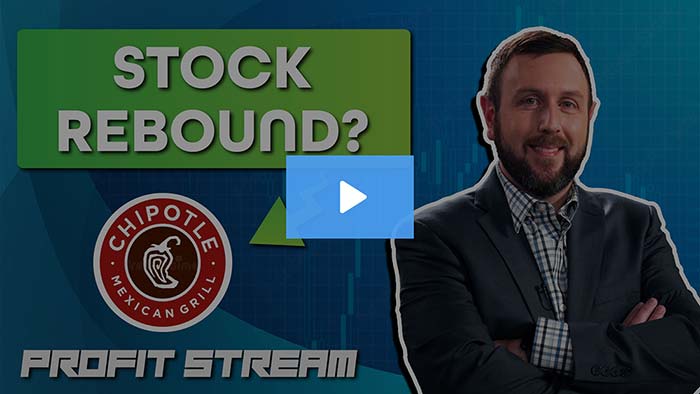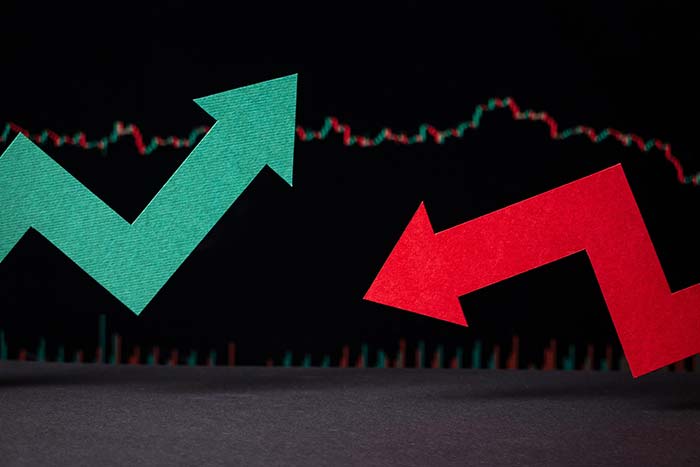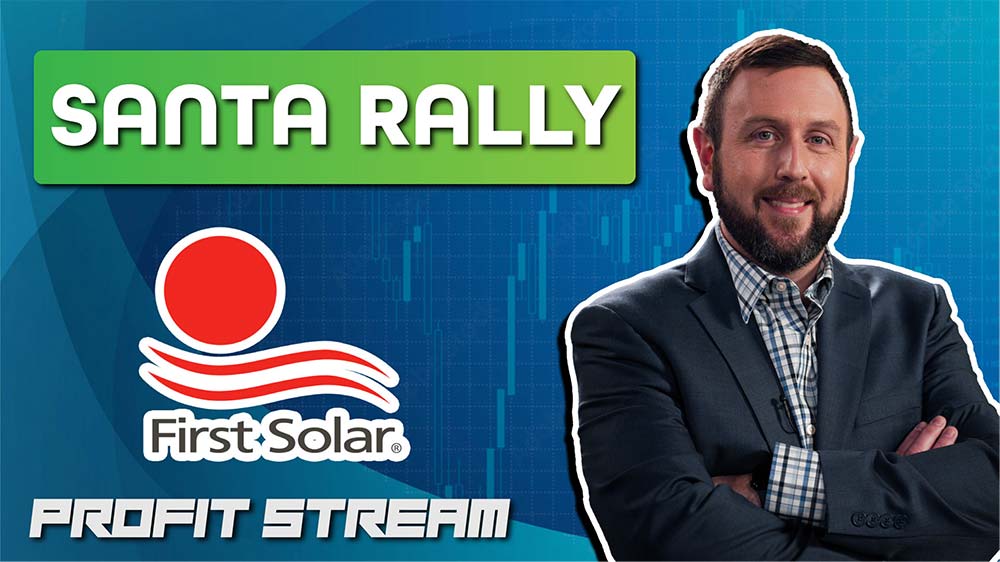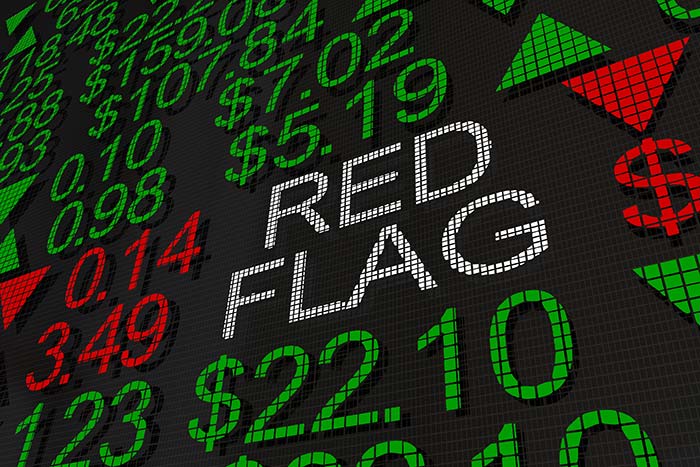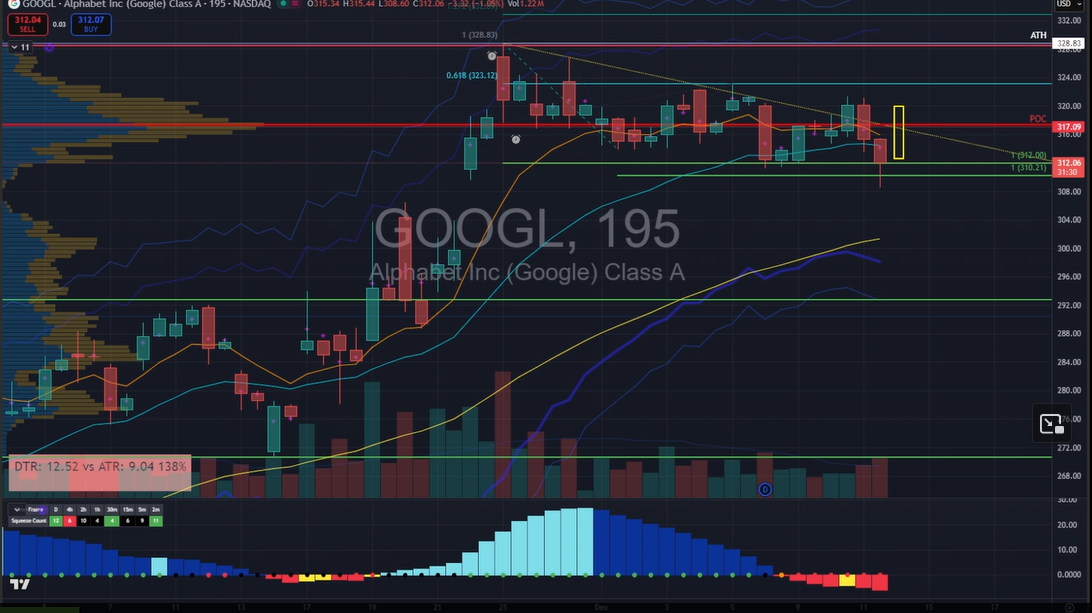The Market’s Never-Ending Tug-Of-War
Editor’s Note: At Monument Traders Alliance, we want to make sure you have every investment idea available so you can reach financial freedom.
That’s why in today’s guest article, Oxford Chief Income Strategist Marc Lichtenfeld is showing traders and investors how to be confident a stock is going to go up, down, or sideways.
But that’s not all.
Marc is also letting readers in on a rare market anomaly that could hand you windfalls as high as $9,550, $12,150 and even $18,400 within a month. And the next market anomaly is happening next week.
Click here to learn more about Marc’s 23 Enigma.
– Ryan Fitzwater, Publisher
As the ticker symbols and prices whooshed past me, the traders in my office shouted buy and sell orders at me nonstop throughout the trading day.
I couldn’t understand how these traders made sense of the information that flew by us on our screens as they made buy and sell decisions.
This was 25 years ago, when I was a newly minted trading assistant on the trading desk of a small firm, trying to hang on for dear life and figure out what the heck was going on.
A short time later, a friend showed me a book on stock charts, and I was hooked. I’d found my holy grail, I thought. The charts would definitively show me which stocks would be winners and which would be losers… right?
If only it were that simple.
I’ve been studying and using stock charts and technical analysis for more than two decades. Newcomers to the concept (including myself) mistakenly think the charts are a crystal ball. They’re not.
But what they’re extremely useful for is revealing patterns that have repeated time and time again over the years.
It’s fairly simple when you think about it. The stock market measures greed and fear. If a stock is going up, more people are greedy than fearful. The opposite is true when a stock falls.
Charts are a visual representation of those two emotions playing out in the market.
What technical analysis is best at is helping traders and investors understand their risk and when they can be confident a stock is going to go up, down, or sideways.
One of the easiest concepts to understand is support and resistance. Support is a price level that a stock doesn’t drop below. It acts like a floor. For whatever reason, whenever the stock gets to that area, it stops falling as buyers step in.
Take a look below at the chart of Enterprise Products Partners (NYSE: EPD). You can see that each time the stock dipped to about $28.60, it rebounded. We don’t know (or even care that much) why buyers stepped in at that level, but they did, and the stock eventually moved higher.
So, in September or October, if the stock was trading at $29, you could’ve bought it and felt confident that if it fell meaningfully below $28.60, you would’ve known it was time to sell and gotten out with a small loss instead of hoping the stock would rebound.
Here’s an example of broken support – when buyers stopped buying at the support level.
This is what I mean when I say to use support to understand your risk. Johnson & Johnson (NYSE: JNJ) had a similar pattern, with support around $159. Each time the stock fell to $159, it rebounded.
But then, at the start of November, it broke below $159 and kept going. Once it moved down to $157 or so, traders knew that the stock was unlikely to bounce back up in the near term, so the buying activity at $159 dried up.
Resistance is the same as support, but in the opposite direction. It’s a ceiling on a stock. For whatever reason, at a certain price level, the sellers overwhelm the buyers and the stock falls.
So if you were interested in buying Revvity (NYSE: RVTY) and it was trading at $126, you’d probably want to wait until it broke $128 so you’d know the sellers weren’t going to dump shares and push the stock back down like they had before.
One last note about support and resistance is that they don’t have to be flat lines at one price. Support and resistance can rise or fall in what’s known as a trend line.
You can see on this chart of the travel company MakeMyTrip (Nasdaq: MMYT) that the stock has been in an uptrend for over eight months, bouncing along a trend line that’s just kept moving higher.
When a stock comes close to or hits the trend line, the trend line often acts as support and the stock rises. If the stock breaks below the trend line, we know the uptrend is likely over and that we should consider exiting the position.
Think of support and resistance as floors and ceilings for stocks. Once they are broken, you know things have changed. And remember, stock charts and other analytical tools are not going to be right 100% of the time, but they shine a light on significant changes in investor psychology.
![]()
YOUR ACTION PLAN
If used properly, the charts will help you minimize your losses and optimize your entry points.
And imagine if you could use these chart patterns to make gains as high as… 586%, 434%, and 368% – all in less than 30 days each!
It’s possible with what I call the “23 Enigma” – a powerful market anomaly I’ve discovered that occurs on the 23rd of each month.
In my new presentation, I break down exactly how it works and how you can start using it to target outsized gains in your own portfolio.
The next opportunity is just around the corner.
Click here to get all the details before it’s too late.
FUN FACT FRIDAY
An uncommon big gainer: One of the top performing stocks of October 2024 was actually an airline stock. United Airlines saw its shares jump 38% for the month as investors were bullish after a reported quarterly profit of $3.33 a share, topping views by 5.1%.
Microstrategy was the top performer with a 45% gain, and AppLovin (APP) also gained 29.75%. Our Lead Technical Tactician Nate Bear recently closed 3 winners on APP in Daily Profits Live, including a 332.88% gainer in less than 1 day.
To start getting all our Daily Profits Live trades, click here.







